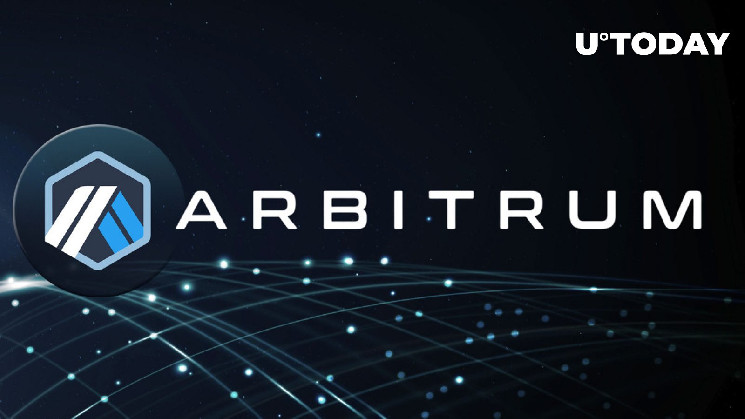Arbitrum’s Triumph Over Optimism: Here’s Story Behind It

Blockchain
Polygon (MATIC) has established itself as the leading Layer-2 solution that aims to bring scalability to the Ethereum (ETH) network. However, as with any successful venture on the cryptocurrency market, Polygon is facing competition from other Layer-2 solutions such as Arbitrum and Optimism (OP).
Each of these platforms offers a unique approach to addressing the scalability and security challenges of the Ethereum blockchain. Polygon’s sidechain solution leverages the proof-of-stake (PoS) model to facilitate faster and more affordable transactions, with the potential to perform up to 7,000 transactions per second.
Arbitrum, on the other hand, utilizes Optimistic Rollup to improve the speed and privacy of smart contracts. Like Arbitrum, Optimism also aims to reduce the load and congestion on the Ethereum network.
Both solutions are experiencing significant growth in recent times, which may be due to the increasing interest in the scalability of ETH blockchain and the upcoming incentives the smart contract platform will offer Layer-2 solutions in 2023.
Arbitrum vs. Optimism
Despite the robust development of both networks, one has emerged as a clear leader. According to Messari data, Arbitrum has gained a competitive edge by surpassing Optimism in the number of transactions conducted on its network.
This has resulted in increased revenue for Arbitrum, which saw a rise of $19,900. Additionally, the Layer-2 solution has a growing user base, with more than 74% of users making multiple transactions.
However, it is important to note that not everything is going smoothly for Arbitrum. The scalability solution network has experienced a significant drop in the number of developers, and the growth of stablecoins on the network has been much lower compared to Optimism, which has grown by 11% in the last 14 days.
Moreover, Optimism’s total value locked (TVL) has increased by 22%, while Arbitrum’s has only grown by 9.7%. The greater TVL increase for the OP network may be due to its lower TVL compared to its rival.
What to expect now?
Arbitrum is making strides in partnering with organizations and reaching milestones that can help improve its reputation from its troubled past, when it faced a transaction overload and went offline for approximately 45 minutes in 2021. However, there is a key issue that both Arbitrum and Optimism must address.
Optimistic Rollup solutions are not as scalable as ZK Rollups, and as Polygon works to make the latter technology compatible with the Ethereum Virtual Machine (EVM), the other Layer-2 solutions may struggle to grow. This is because investors and developers may continue to opt for the MATIC network, given the success of zkEVM.





